New Stonehenge Found at the Bottom of a Lake Intrigues Historians
For thousands of years, the giant rocks of Stonehenge have baffled historians and visitors alike. Why were the rocks placed in such a way? How were they moved? While many have tried to answer these questions, no one truly knows for sure.
And now, divers have found another site deep below the surface of Lake Michigan that is eerily similar to the famous rock formation, and there are more questions than ever before.
The Stonehenge Like Site in Lake Michigan
In 2007, Mark Holley and his team of archaeologists found something absolutely amazing at the bottom of Lake Michigan. They saw several large stones arranged, essentially in a circle, sitting on the lake bed.
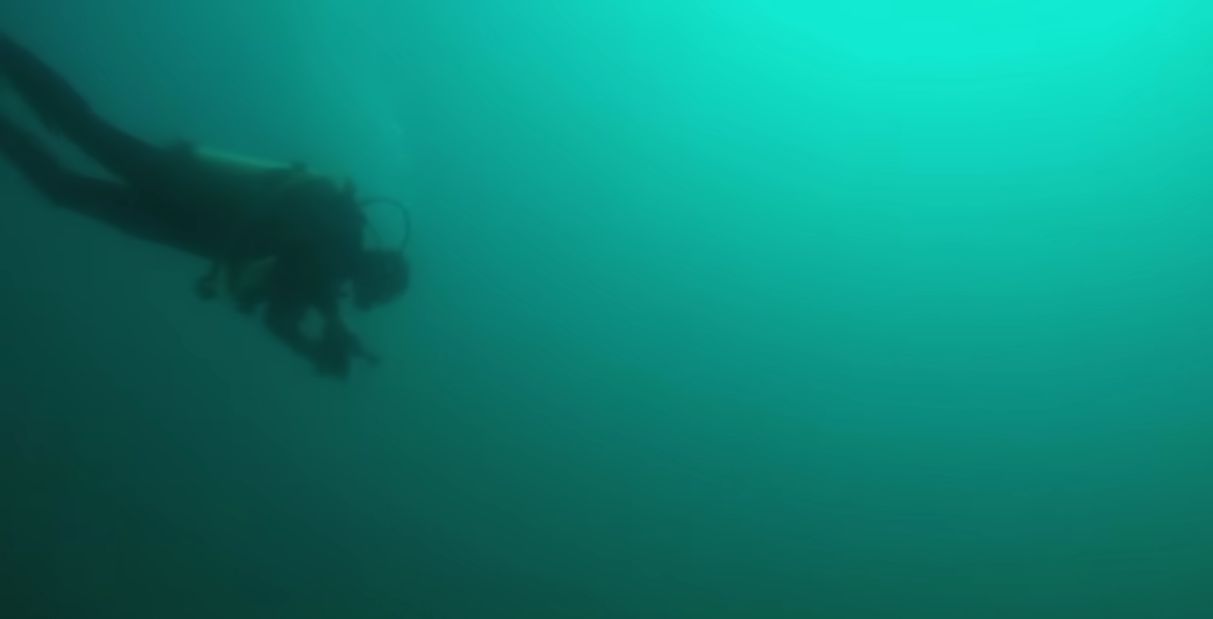
Source: @DiscoveryUK/YouTube
Holley explained in an interview that he and his team were certainly not expecting to find such an enthralling archaeological site within the lake, and at first, they had no idea what they were looking at.
The Circle of Stones
They first noted that there were two concentric circles; the larger outer pattern was about 40 feet in diameter, while the smaller inner circle measured about 20 feet.
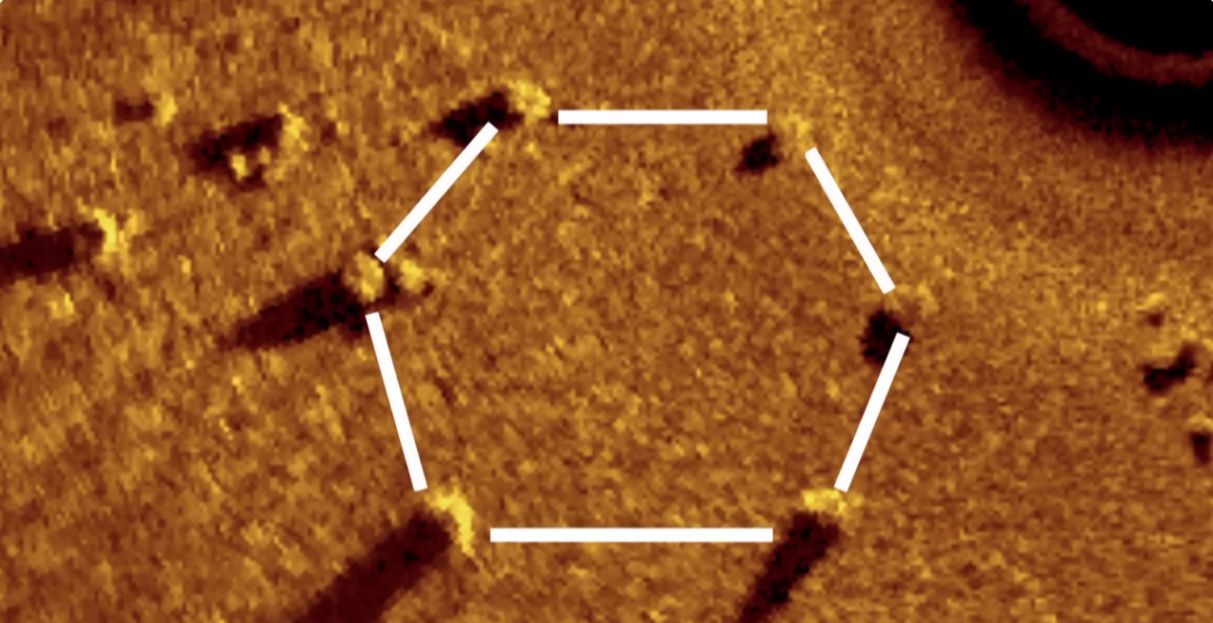
Source: @DiscoveryUK/YouTube
These circles created a similar pattern to the rock formations at Stonehenge, some 4,000 miles and an entire ocean away.
The Rocks Were Clearly Placed by Human Beings
Thanks to photogrammetry technology, Holley and other archaeologists were able to take repetitive photographs of the rocks and, once back above land, examine them in detail.
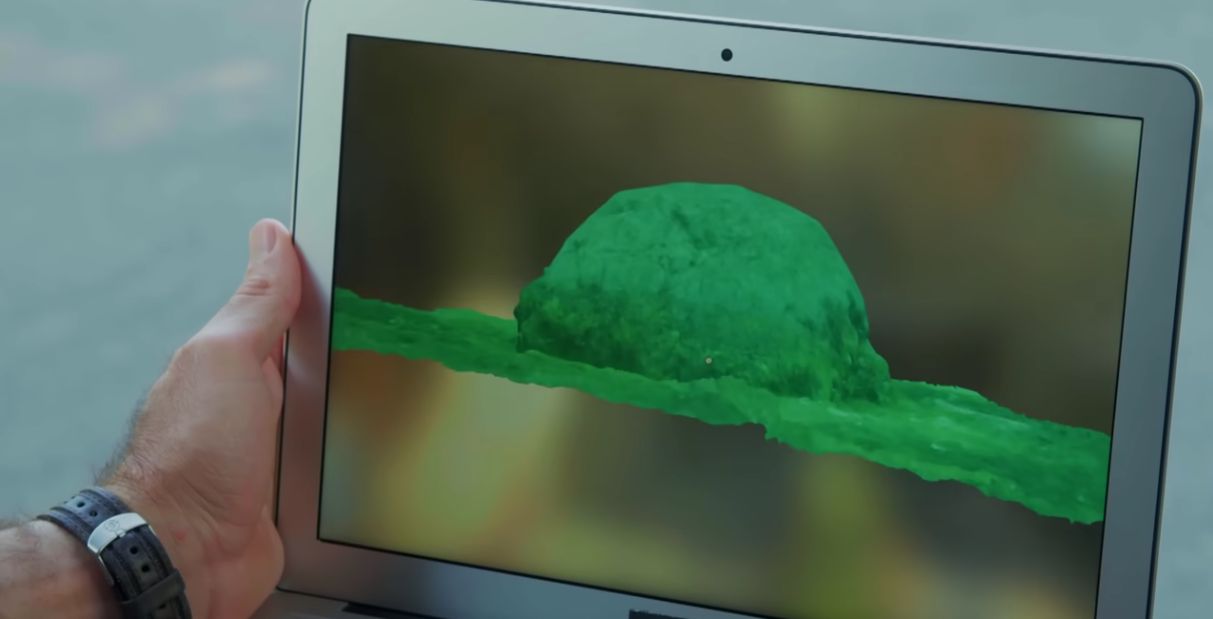
Source: @DiscoveryUK/YouTube
One of the first things they realized about the mammoth stones was that they likely weigh up to 3,000 pounds and yet, were undoubtedly placed into their specific formation by human beings.
How Would People Have Moved These Giant Stones?
From the Pyramids of Giza to the great Maya sites of Central America and of course, the famous Stonehenge, people have been wondering for centuries how our ancestors would have been able to move these megalithic stones.
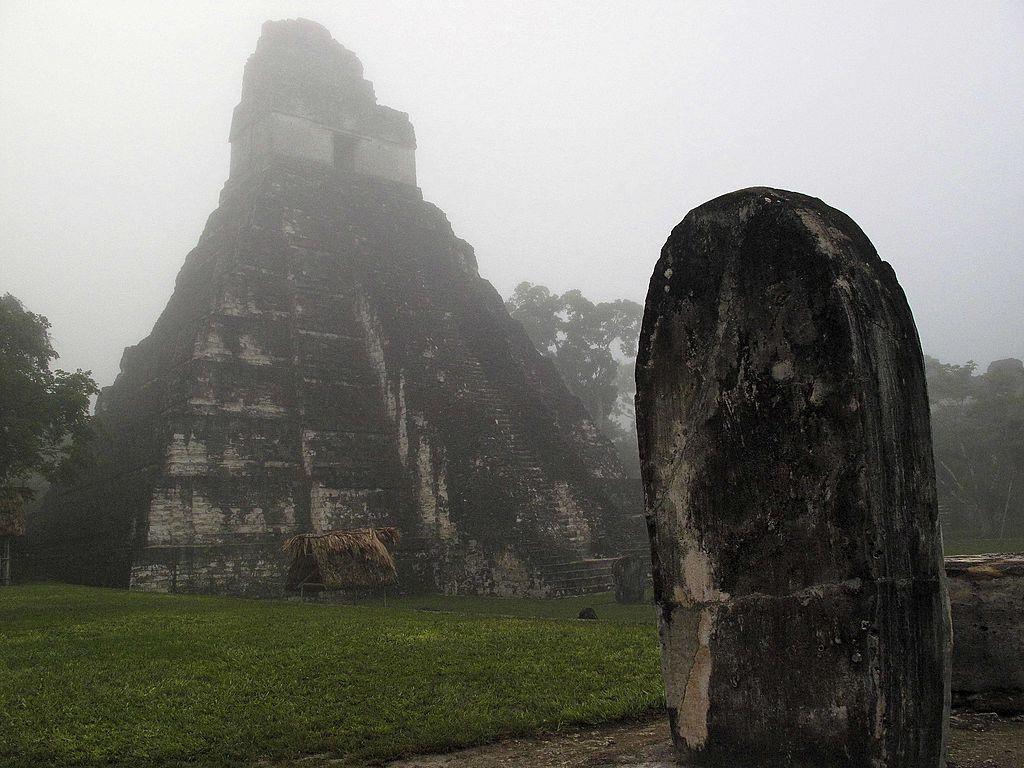
Source: Getty Images
But as of yet, we still have no concrete evidence to support any theory, so exactly how the ancient residents of what is now Michigan placed these 3,000-pound stones into two circles will remain a mystery.
The Underwater Stonehenge Is Older Than the Original
While there is a lot archaeologists don’t know, there are a few facts they’ve been able to confirm. The first of which is that the stones they found at the bottom of Lake Michigan are about 10,000 years old.
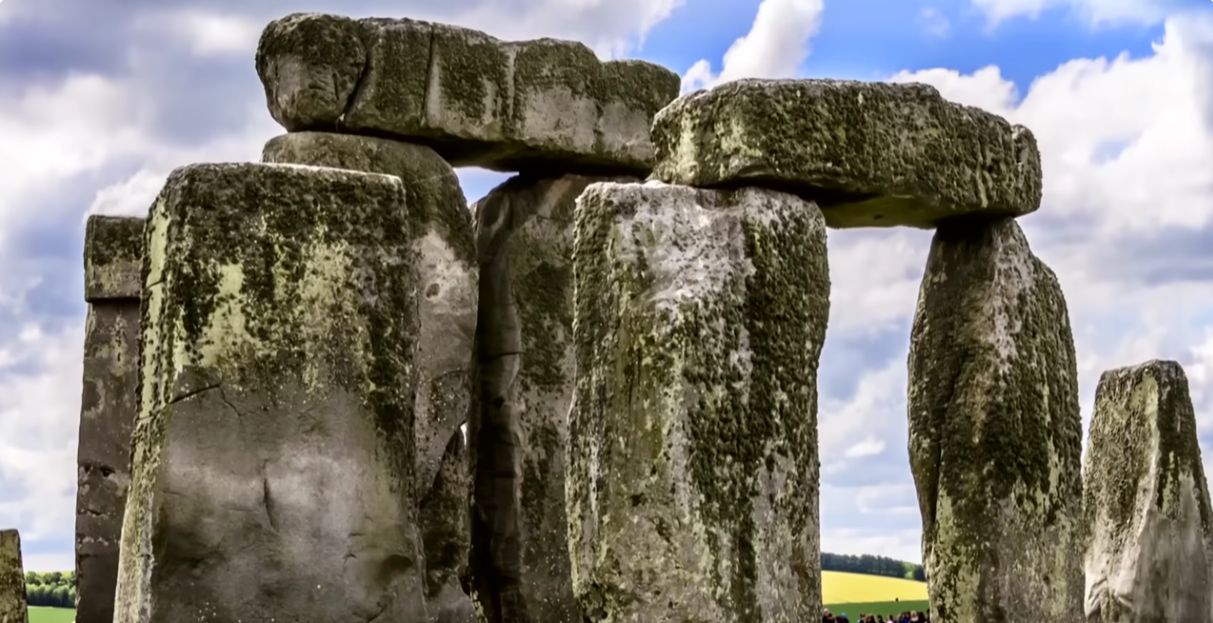
Source: @DiscoveryUK/YouTube
That means this formation is one of the oldest ever found in North America, and it’s even older than Stonehenge by about 5,000 years.
Why Were the Rocks Placed Underwater?
After establishing the age and weight of the rocks, the next logical question to ask was why anyone would work so hard to create two circles of giant rocks at the bottom of a lake.
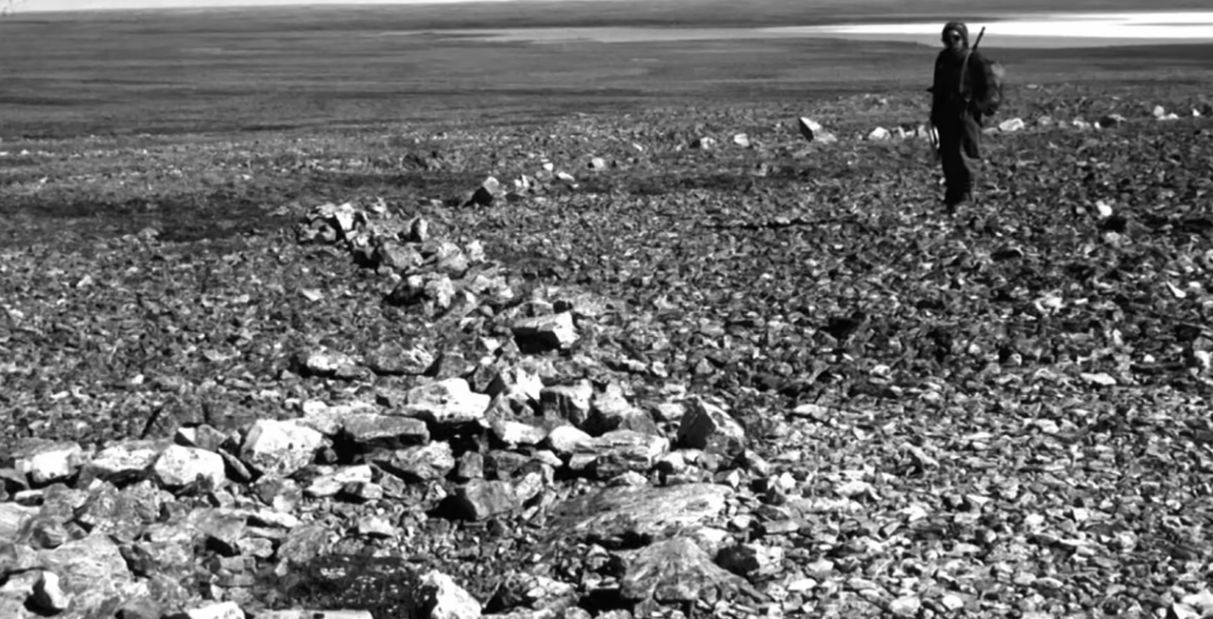
Source: @DiscoveryUK/YouTube
However, lead archeologist Mark Holley explained that the location of the rock formation was not underwater some 10,000 years ago and that, “It would’ve been a wonderful place for people to live – near the coastline, close to resources, transportation’s easy.”
Evidence of Human Intervention
It’s important to note that it’s not just the specific placement of the rocks that has led Holley and his team to believe they were placed intentionally by ancient humans.

Source: @DiscoveryUK/YouTube
Thanks to photographs taken by scientist and diver Rob Nelson, they have found engravings on the rocks that were undoubtedly created by a human hand.
The Engravings Are Almost Identical to Others Found in the Area
Some of the carvings are almost impossible to make out, but one is clearly a Mastodon. Mastodons, similar to elephants or wooly mammoths, are now extinct, but they once walked around North America.
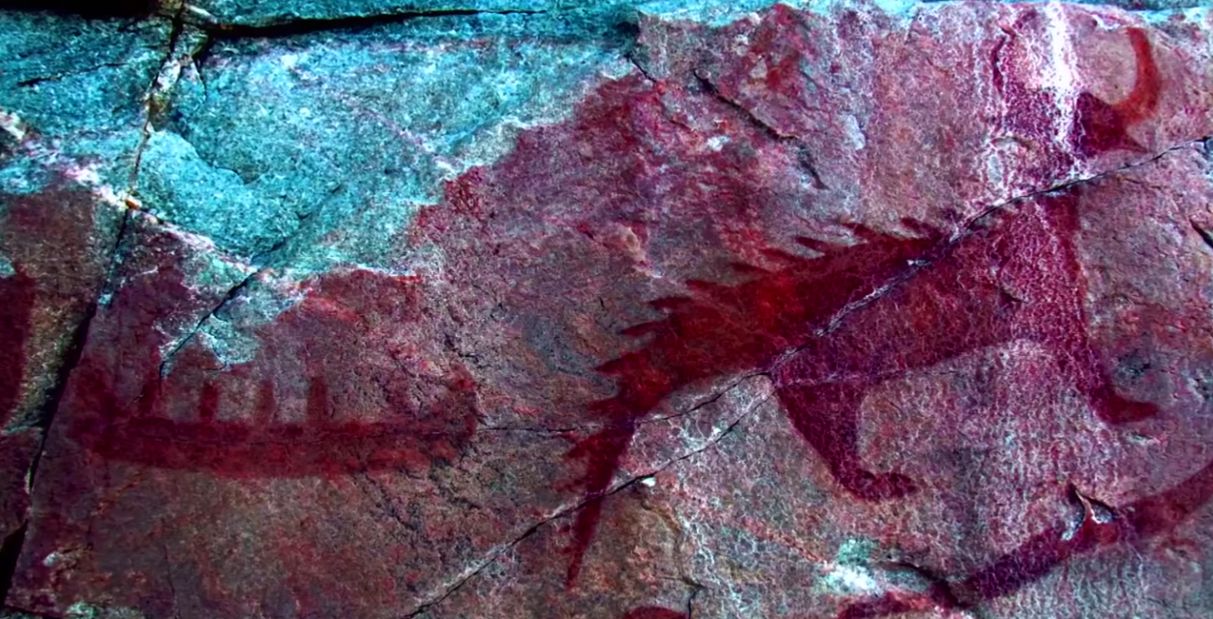
Source: @DiscoveryUK/YouTube
Mastodons supposedly died off about 11,700 years ago, and while depictions of them are few and far between, it was extremely common for native peoples to engrave and paint the animals they saw and hunted on rock faces.
The People Who Created This Incredible Formation
Who were the people who lived on what are now the shores of Lake Michigan 10,000 years ago? No one knows for sure. However, today’s Native Americans in the area believe that it could have been the ancestors of the Anishinaabe people.
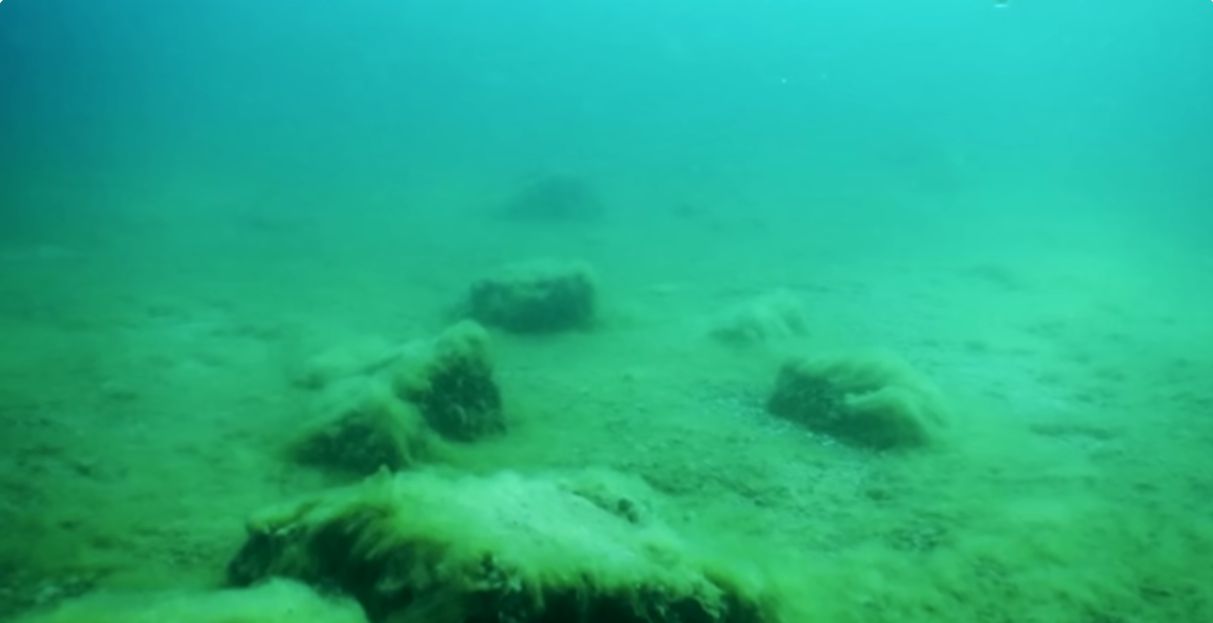
Source: @DiscoveryUK/YouTube
In an episode entitled “American Stonehenge” by Discovery UK, scientist Rob Nelson met with a descendant of the ancient Anishinaabe named Hank. And Hank explained he believes these rocks were absolutely evidence that his people, or at least their ancestors, had been living in the area long before historians had previously believed.
Rocks Were Once Considered to Be Animate Objects
Of course, it’s impossible to know exactly why the Anishinaabe or any other people group created these stone circles or, more specifically, what they were used for.
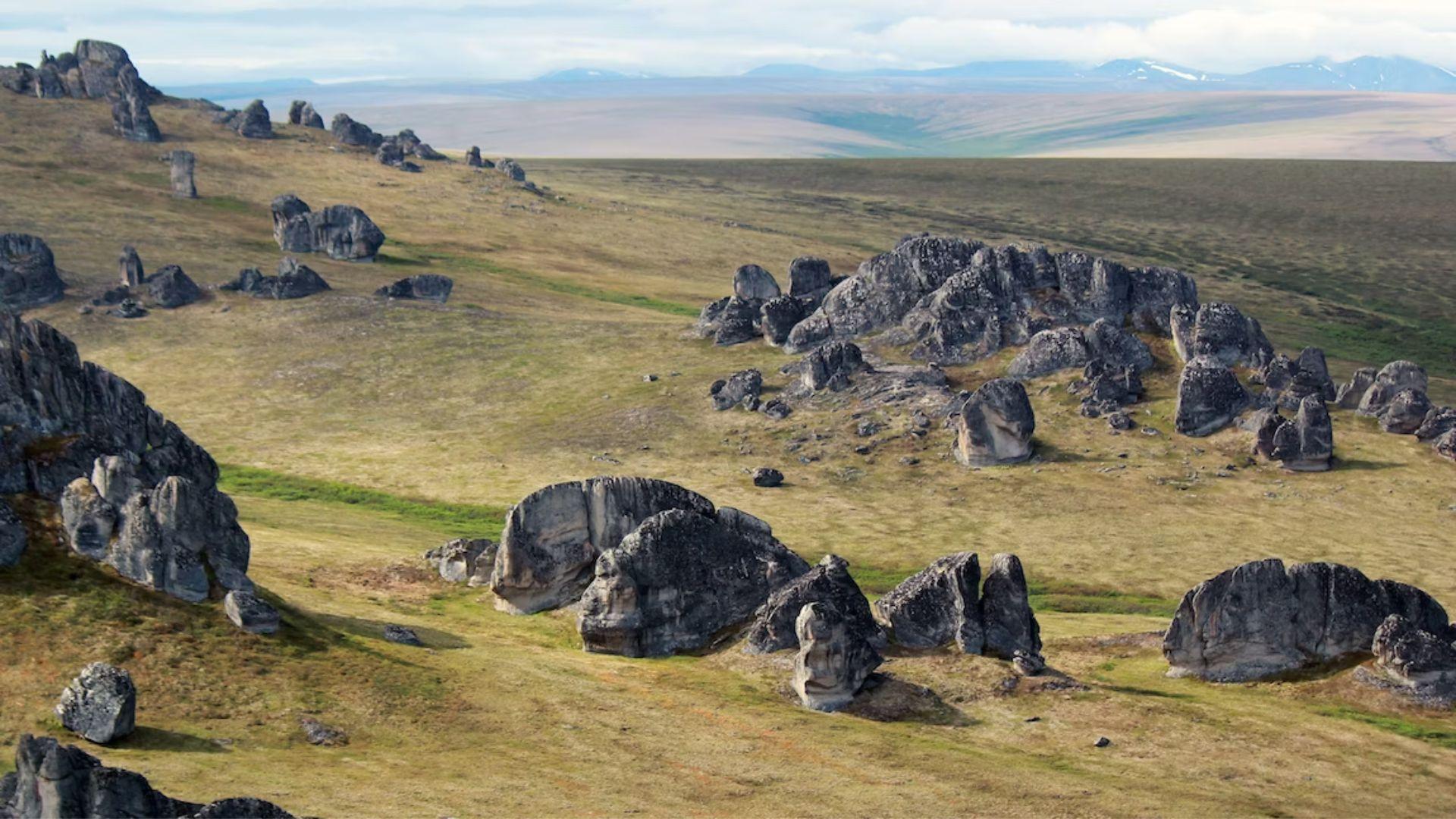
Source: National Parks
However, Hank explained that, “[In Anishabe culture], we refer to stones as animate objects because they come from the mother, the Earth, who is alive,” and that the stones were placed for a sacred purpose.
The Underground Stonehenge Will Remain a Mystery
Even as research continues and technology advances, it is unlikely that the archaeologists who discovered this incredible rock formation will learn any more about it than they already know.
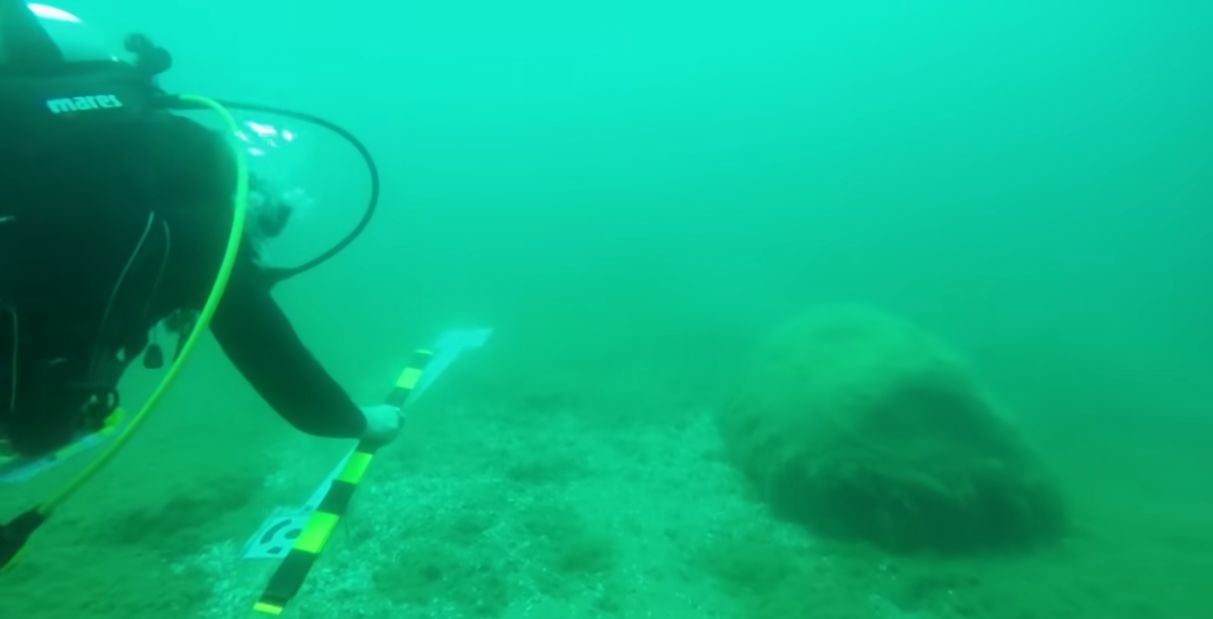
Source: @DiscoveryUK/YouTube
Like its brother, Stonehenge, this awe-inspiring site will remain a mystery to modern humans for years to come.
How Does It Compare to The Famous Stonehenge?
The Underwater Stonehenge is similar to Stonehenge at first glance. Both are circular arrangements of stones from thousands of years ago.
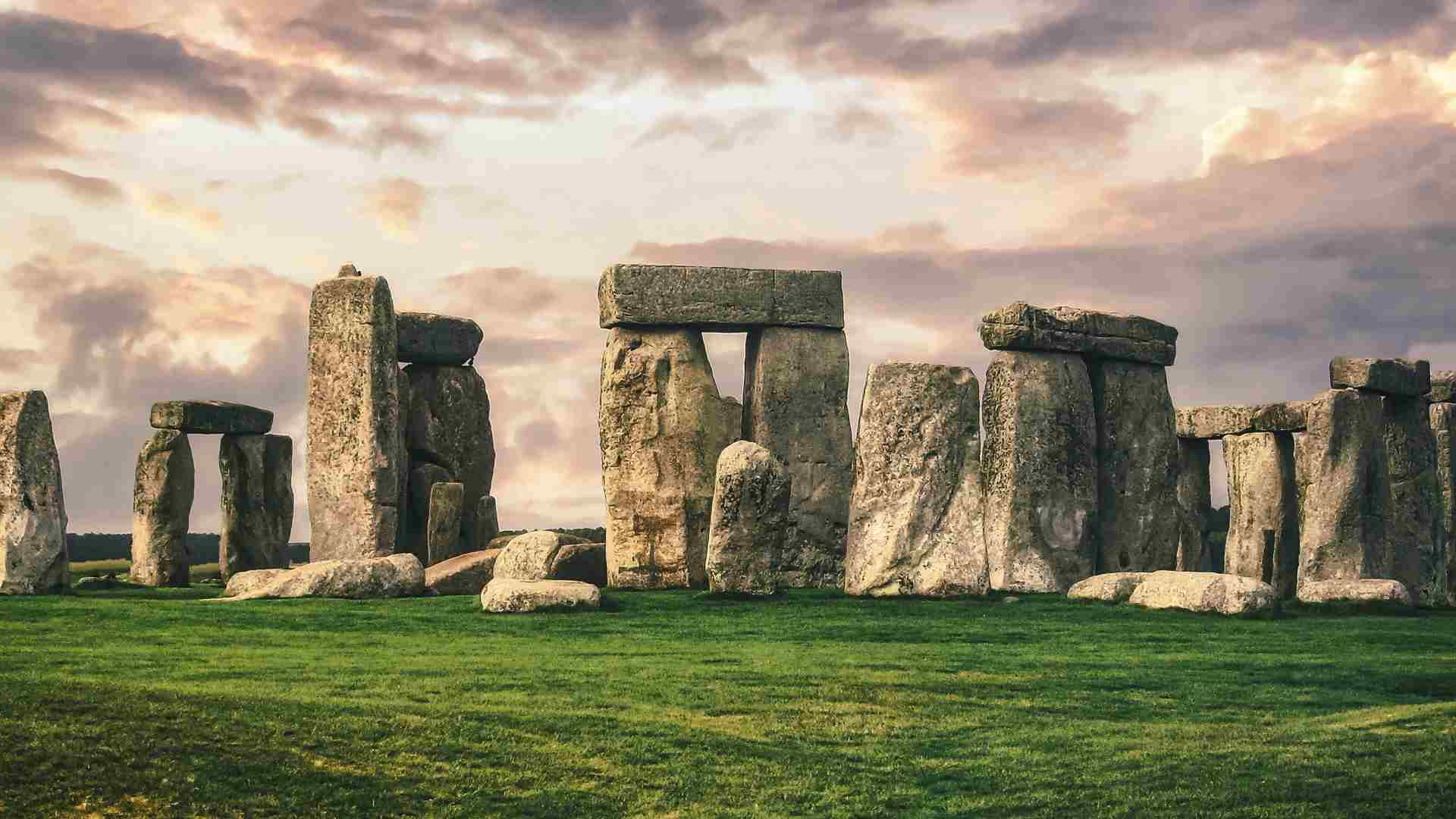
Source: K Mitch Hodge/Unsplash
However, while these ancient monuments share their form, they are located in entirely different parts of the world. Stonehenge is found in the UK whereas this discovery was found on the American continent thousands of miles away.
What is the Purpose of a Stonehenge-like Structure?
The purpose of these stone structures has been the cause of much speculation among historians and archaeologists.
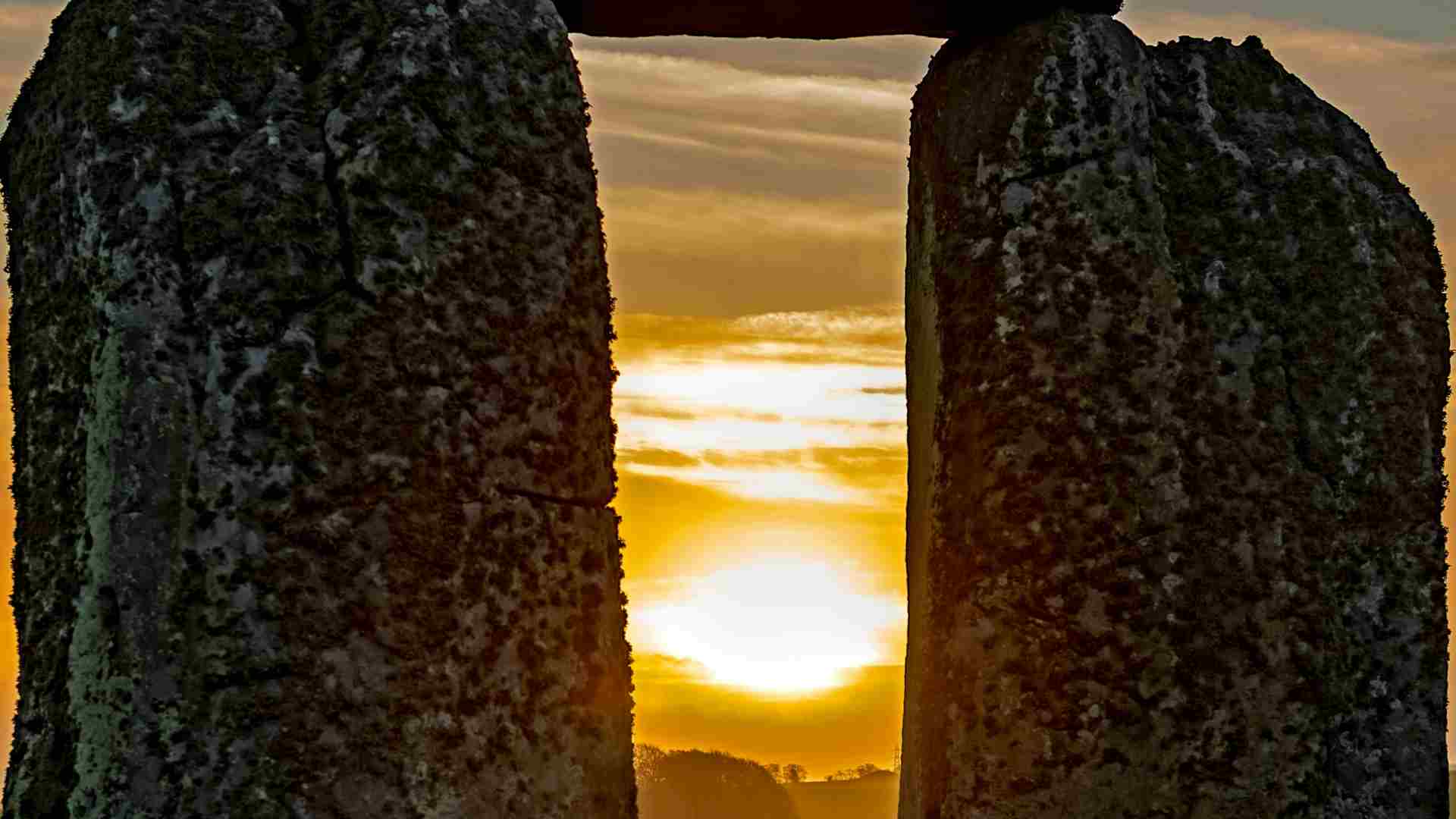
Source: Hulki Okan Tabak/Unsplash
According to Britannica, there are a variety of different theories that explain the original Stonehenge’s unique function. These range from religious purposes to a place for burials, a meeting place for leaders, or even an ancient computer for tracking the stars.
Ancient Computer Theory
The computer theory for explaining Stonehenge emerged in the 1960s and was put forward by astronomer Gerald Hawkins. (via Britannica)

Source: Anna-Philine/Unsplash
In his view, the stone arrangement was helpful in predicting the timing of lunar and solar eclipses. While some consider the theory far-fetched, people of the ancient world indeed had a deeper understanding of astronomy than many would realize.
How Much Did Ancient People Know About the Stars?
According to Northern Arizona University, the earliest signs of humanity charting the stars date back 30,000 years or more.

Source: Vincentiu Solomon/Unsplash
There is archeological evidence of cave paintings that recorded stars and the position of other bodies in the night sky. Evidence suggests that early humans kept track of time and turned constellations into representations of animals.
When Did Such Structures Start Being Made?
The earliest evidence we have of similar structures in the area of Stonehenge dates back to between 8500 and 7000 BC. (via English Heritage)
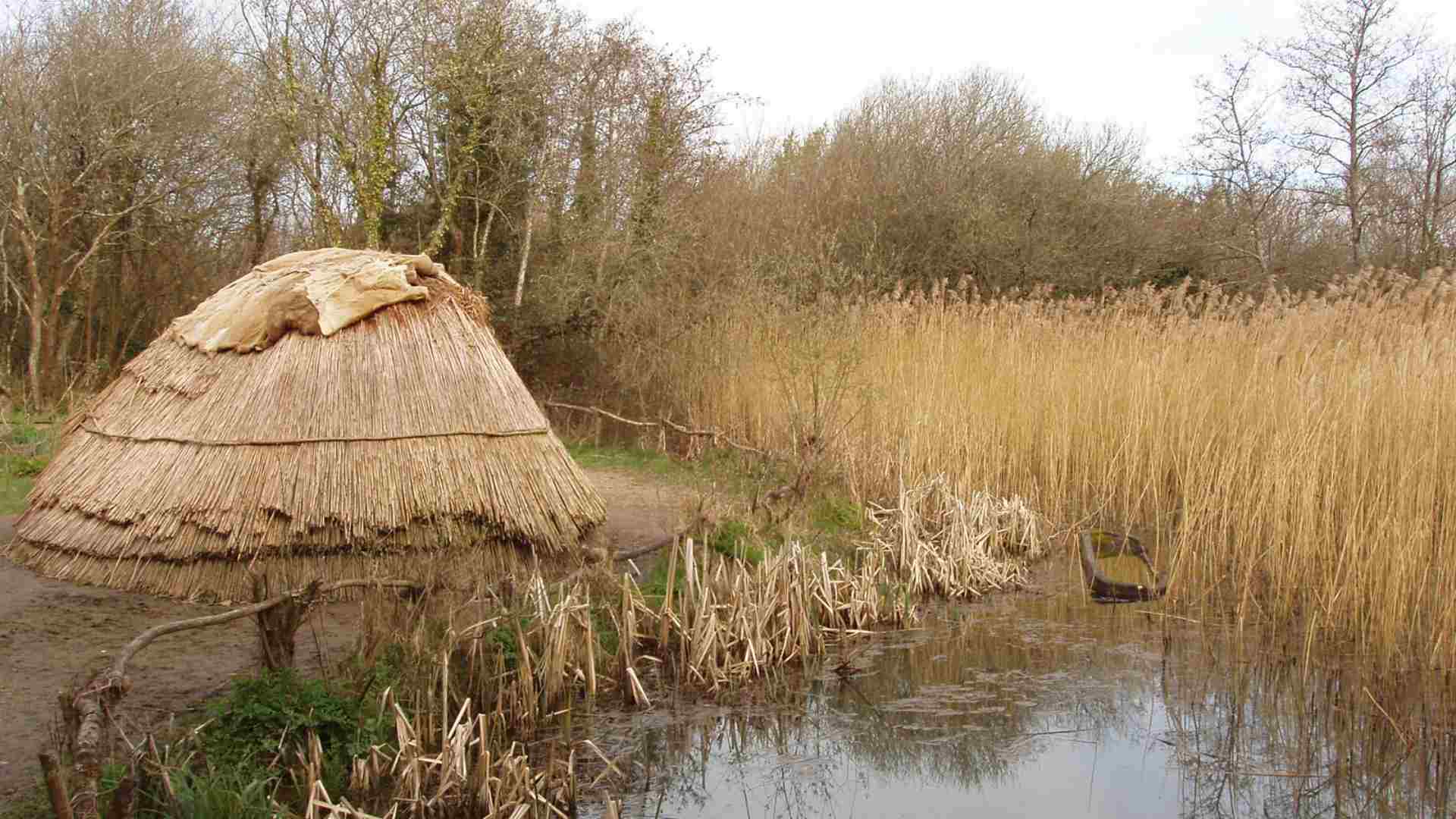
Source: David Hawgood/Wikimedia
These structures in the Mesolithic period were a series of posts similarly arranged around pits. Stonehenge itself was thought to have been constructed over a long period of time, with the stones being rearranged many times throughout the process.
Stonehenge Use for Burial Ceremonies
Research from Cambridge University in 2016 concluded that at least for part of Stonehenge’s lifetime, it was used as part of a cremation ceremony. The research concluded that adult men and women were cremated in the area for around five centuries.
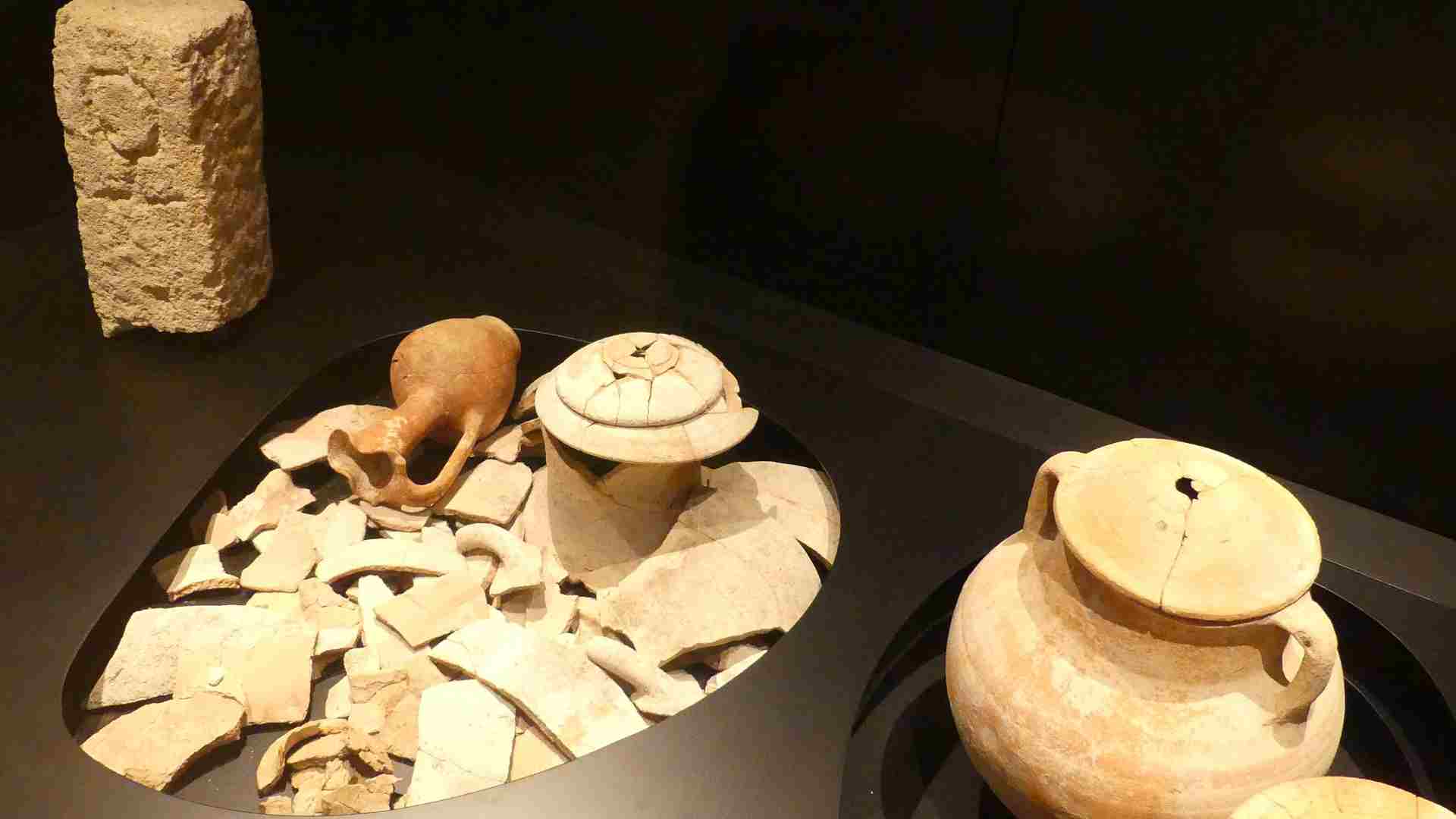
RomanDeckert/Wikimedia
There have been human remains discovered at the site of the monument, with more than 50,000 fragments of cremated humans reported to have been found. (via The Guardian)
What About Aliens?
As people’s imaginations run wild thinking about the origins of Stonehenge structures, one popular theory is that they are the work of outsiders or even extra-terrestrial aliens.
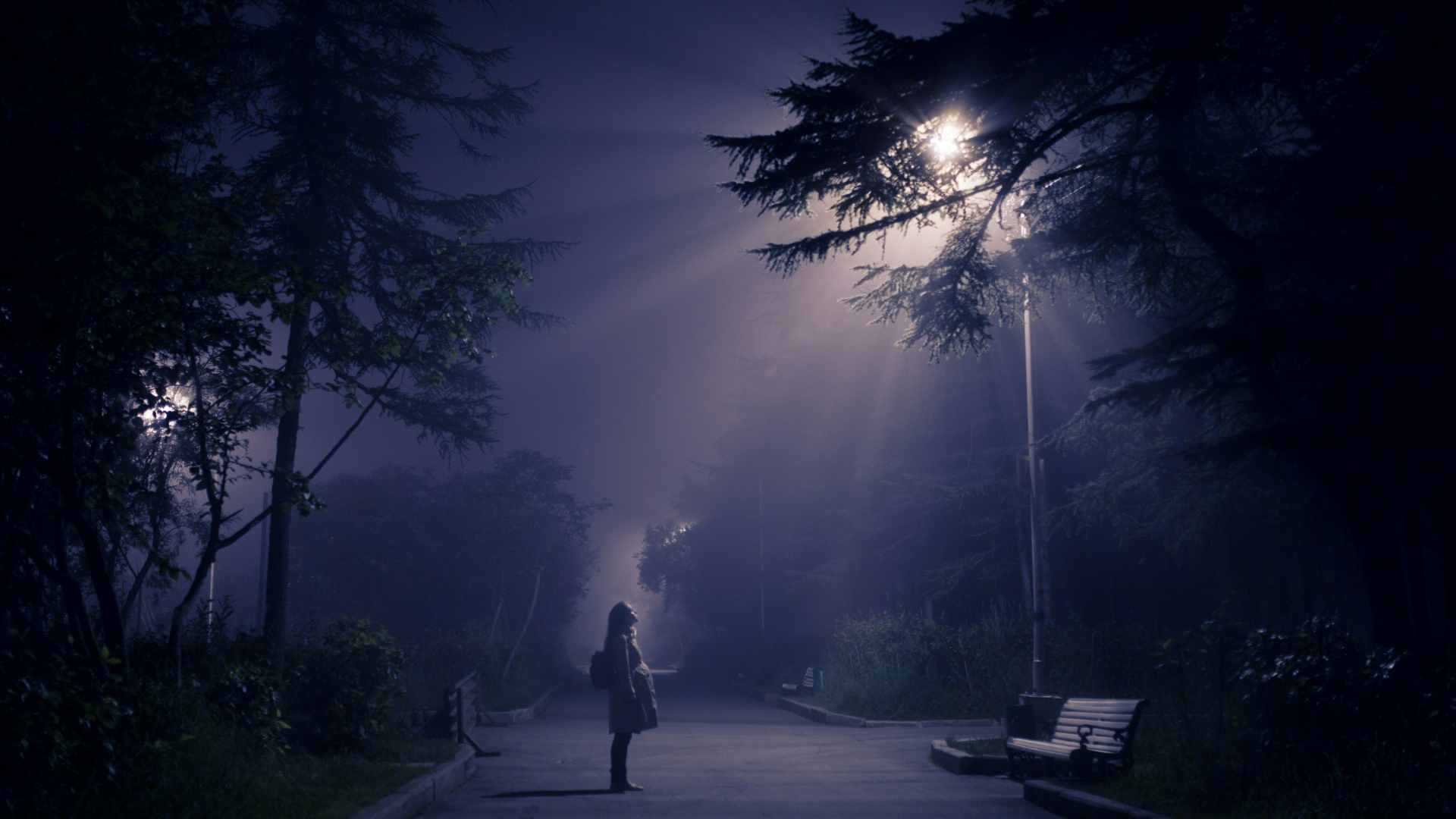
Source: Artem Kovalev/Unsplash
The alien theory started to become popular in the late 1960s after the publishing of the book “Chariots of the Gods?” (via Britannica) In the book, the author Erich von Däniken put forth the claim that many famous structures like Stonehenge were possibly the work of aliens. People have speculated the structure was used for landing an alien spacecraft. They posit that its strange design that we cannot understand makes sense from an alien traveler’s perspective.
What Can Structures like the Underwater Stonehenge Teach Historians About the Ancient World?
Discoveries like this one in Lake Michigan can help experts shed some light on the history of people in the area. While previous finds have established the existence of prehistoric tribes active in the lake area, not much is known about their origins, culture, or customs.

Source: Nik/Unsplash
As archaeologists find more examples of similar structures, there can be more work done to study them and find commonalities. Although these structures’ origins are currently shrouded in mystery, there is no telling what future discoveries could tell us.
